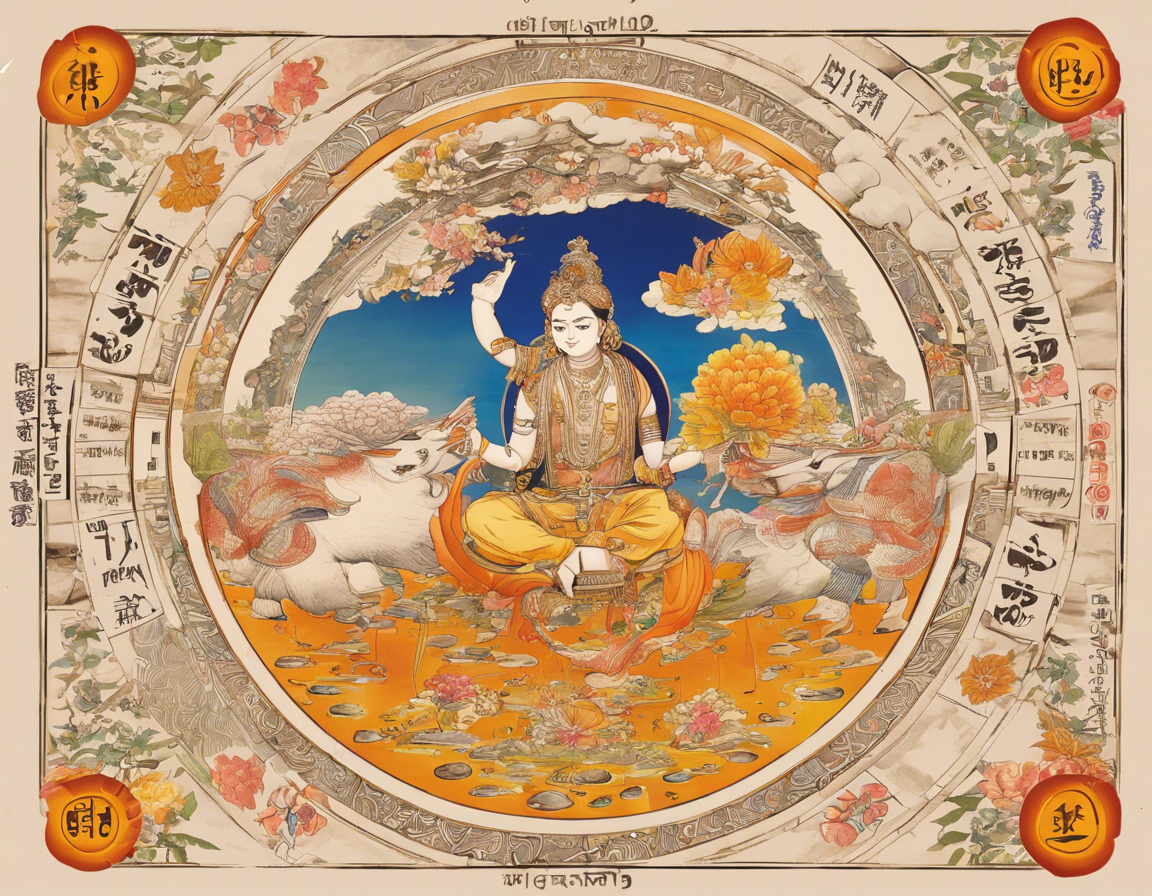Understanding the Indian Almanac, also known as Panchang in Hindi, is essential for individuals who follow Hindu traditions, astrology, and spiritual practices. The word “Panchang” is derived from Sanskrit, where “panch” means five and “ang” means limbs, as it consists of five elements: Tithi (lunar day), Nakshatra (constellation), Yoga (auspicious or inauspicious combination of the sun and the moon), Karana (half of Tithi), and Vaar (day of the week). This comprehensive guide will help you unravel the intricacies of the Panchang and understand its significance in daily life.
What is a Panchang?
The Panchang is a Vedic calendar based on the Hindu lunar-solar system. It provides important information about auspicious and inauspicious timings, planetary positions, and celestial events. Panchang is used to determine the most favorable time for performing rituals, ceremonies, and other significant activities.
Importance of Panchang
-
Auspicious Timings: Panchang helps in identifying auspicious timings for starting new ventures, weddings, festivals, and other important events.
-
Festivals and Fasts: It lists major Hindu festivals, fasting days, and important planetary transitions that can impact spiritual practices.
-
Astrological Guidance: Panchang provides insights into the position of celestial bodies which influences individual horoscopes and can guide decision-making.
Components of Panchang
-
Tithi: There are 30 Tithis in a lunar month, representing the angular relationship between the sun and moon. Each Tithi has its own significance and impact on various activities.
-
Nakshatra: Nakshatras are 27 lunar constellations that influence various aspects of life such as personality traits, behavior, and relationships.
-
Yoga: Yoga signifies both auspicious and inauspicious periods during the day based on the angular relationship between the sun and moon.
-
Karana: There are 11 Karanas classified into fixed and movable groups. Each Karana has a specific influence on human behavior and activities.
-
Vaar: Vaar represents the ruling planet of the day. Different days are associated with different planets which influence activities performed on those days.
Benefits of Following Panchang
-
Optimal Timing: By following the Panchang, one can plan activities during favorable periods to enhance success and prosperity.
-
Spiritual Growth: Understanding the Panchang can deepen spiritual practices and aid in aligning oneself with cosmic energies.
-
Astrological Insights: It provides insights into planetary positions, transits, and their impact on individual horoscopes.
How to Use Panchang
-
Daily Rituals: Check the daily Panchang to determine auspicious timings for prayers, meditation, or other rituals.
-
Event Planning: Consult the Panchang for selecting the best dates for weddings, housewarming ceremonies, or starting new ventures.
-
Astrological Guidance: Use the Panchang to understand the impact of planetary positions on personal and professional decisions.
Frequently Asked Questions (FAQs) about Panchang
- What is the significance of Tithi in the Panchang?
Tithi represents the lunar day and plays a crucial role in determining auspicious timings for various activities. It reflects the relationship between the sun and moon, influencing the energy flow for the day.
- How does Nakshatra impact individual personalities?
Nakshatras influence our characteristics, behavior, and relationships. Each Nakshatra has unique qualities that shape an individual’s personality traits based on their birth star.
- What are the different types of Yoga in the Panchang?
Yogas are specific combinations of the sun and moon that determine auspicious and inauspicious periods during the day. These Yogas influence the energy flow and can impact decision-making.
- How can Panchang help in selecting the best dates for important events?
By analyzing the Tithi, Nakshatra, Yoga, Karana, and Vaar, one can identify auspicious timings for events like weddings, housewarming ceremonies, and other significant milestones in life.
- Can the Panchang be used for astrology and horoscope predictions?
Yes, the Panchang provides valuable insights into planetary positions, transits, and celestial events that astrologers use to make predictions and analyze individual horoscopes.
Understanding the Indian Almanac, or Panchang, goes beyond conventional timekeeping. It offers a holistic approach to life by connecting individuals with cosmic energies and guiding them towards auspicious endeavors. By embracing the wisdom of the Panchang, one can cultivate a deeper awareness of time, space, and the universal forces that shape our existence.
